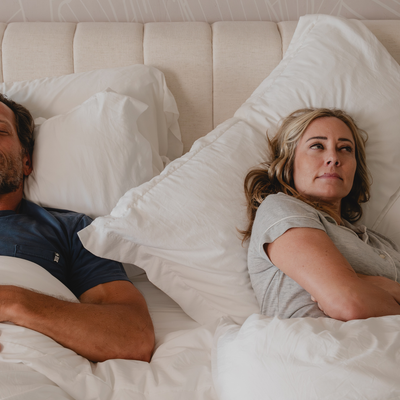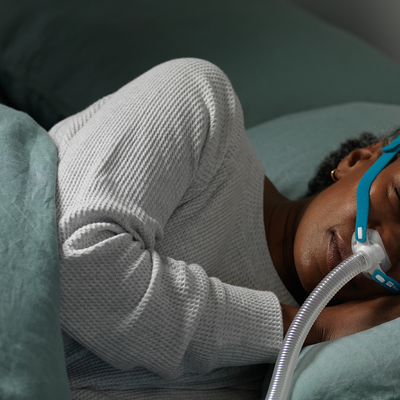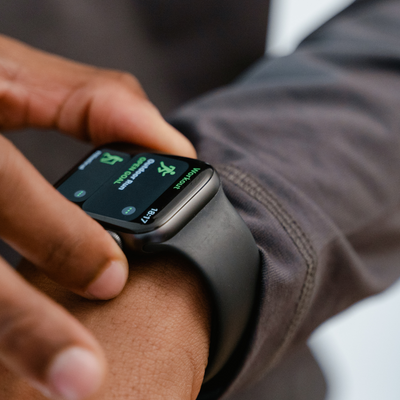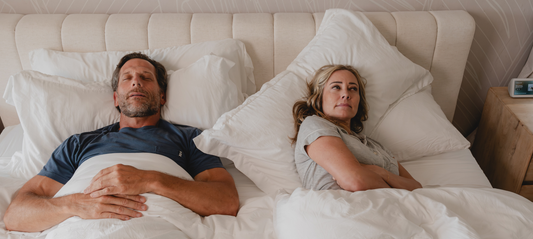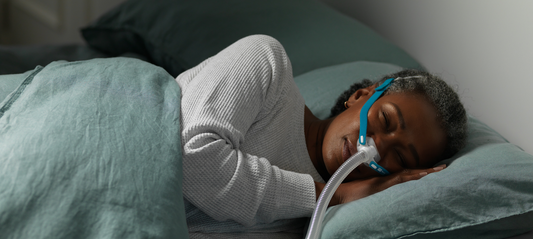If you’re looking for the most effective and therapeutic benefit out of CPAP treatment, proper cleaning and maintenance of your equipment is critical for optimal therapy results.
The bad news: CPAP equipment is constantly handling warm and humid air, either from the machine’s humidifier or your breath. Unfortunately, this creates a perfect breeding ground for bacteria, mold and yeast if not regularly cleaned and disinfected. Additionally, as components break down due to lack of maintenance, sleep therapy performance suffers due to factors such as air leaks.
The good news: Proper CPAP cleaning and maintenance is simple and pretty straightforward to do. This article will offer a few simple tips to follow and will show you the best way to clean your CPAP equipment for better sleep wellness.
How to clean CPAP equipment
Daily Routine:
Clean your CPAP mask cushion by using warm water and mild soap to gently remove oil produced from your face. Be careful not to use any cleaning products that can be too abrasive as this will shorten the lifespan of your mask cushion.
Weekly Routine:
- To clean your CPAP tubing and water chamber, use mild soap and water. Put a few drops of soap in your tubing, pour some warm water in the tube and swish it around. Run more water through to get rid of the soapy water and then let it hang to dry over your shower head. After drying,ensure that the tube is free from any moisture before use.
- When washing your water chamber, wash it gently as you would with your dishes and then let it air dry.
- Finally, when cleaning your CPAP machine filter, you will only need to gently brush off whatever the filter has collected. Do not wet the filter.
Avoid using any harsh chemicals or detergents to clean your CPAP equipment as this may cause damage to vital components. Lofta also has a range of CPAP cleaning supplies available on offer to cater for your specific needs.
We have included a video below using the popular AirSense™ 11 CPAP machine as an example, showing just how easy it is to clean and maintain your CPAP equipment.
CPAP Cleaning Devices
Many CPAP users prefer to use cleaning devices such as the Liviliti Paptizer Sanitizer system. This UV cleaning device does a great job sanitizing your CPAP equipment but should not be seen as a replacement for the cleaning mentioned above. If this device is used in conjunction with a daily and weekly cleaning routine, this will help to ensure optimal hygiene as well as therapy performance.
CPAP Equipment Maintenance and Resupply
How about maintenance and resupply? This is a big topic and there is room for each CPAP user to fine tune how often they replace each component. The following are guidelines that we’ve found to be a good starting point:
- Filters: Your filter should be replaced once every 1-3 months.
- Mask Cushions: You should replace your silicone cushions every 2-3 months. If you have a memory foam cushion, you should replace it every 1-2 months. Cushions breakdown with time and you will not get the same seal you had with a new cushion. If your air leak starts to increase regularly, try new cushions.
- Complete Mask: The complete mask should be replaced every 6-9 months. Even though it's not as critical as the cushions, the mask will begin to stretch or begin to collect bacteria.
- Tubing and Water Chamber: These items should be replaced every 6-9 months. Even with regular cleaning, these items won’t last forever. Chambers can discolor and crack while the tube can tear, resulting in leaks.
One simple way to manage your resupply and accessory replacement is to set up recurring orders with Lofta. The fact is, by the time you notice that an important part really needs to be replaced, it’s probably too late! When dealing with mold, bacteria and your breathing, you are always better off not pushing your CPAP resupply date too far away.



